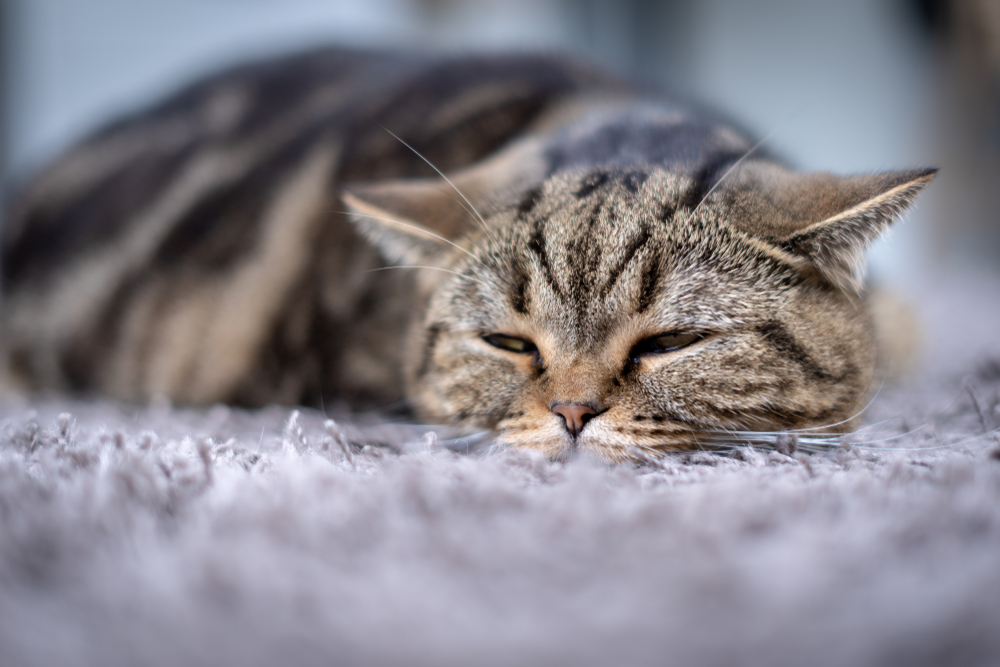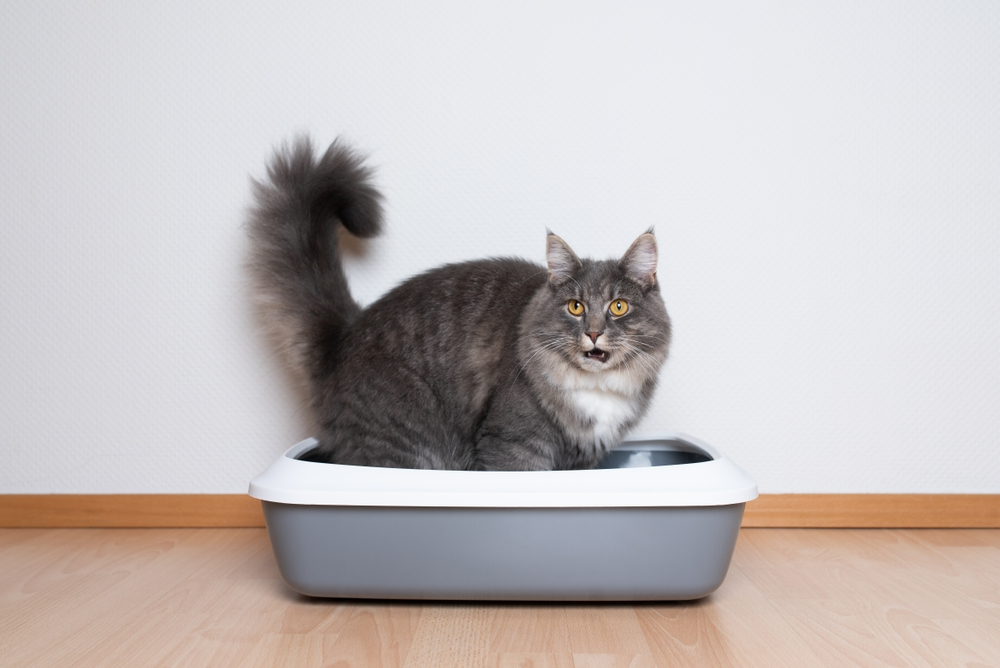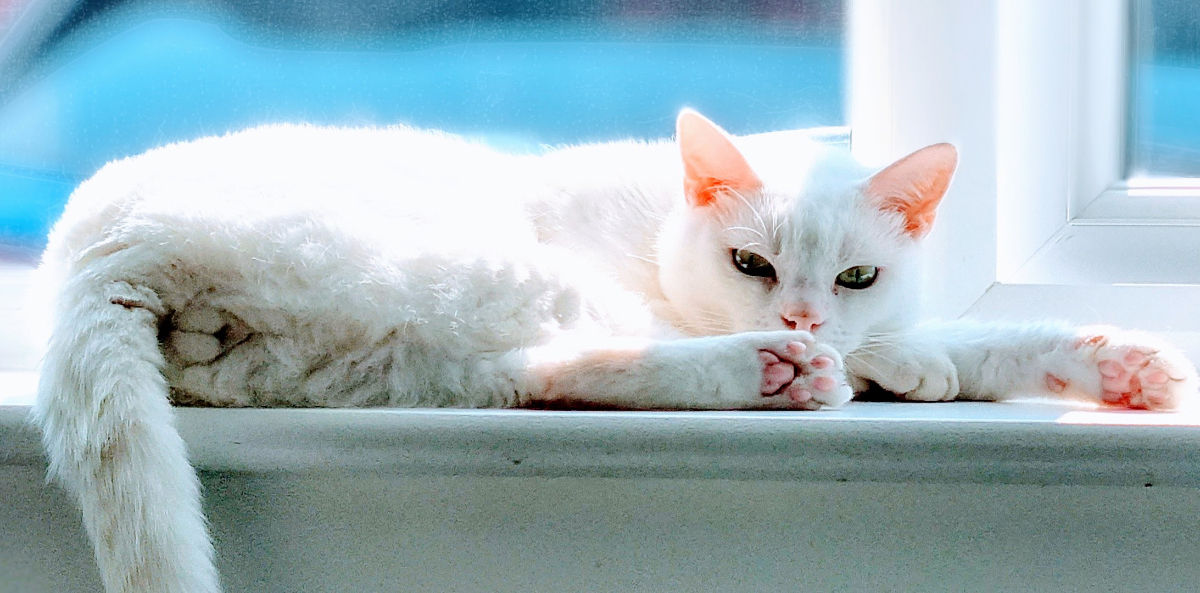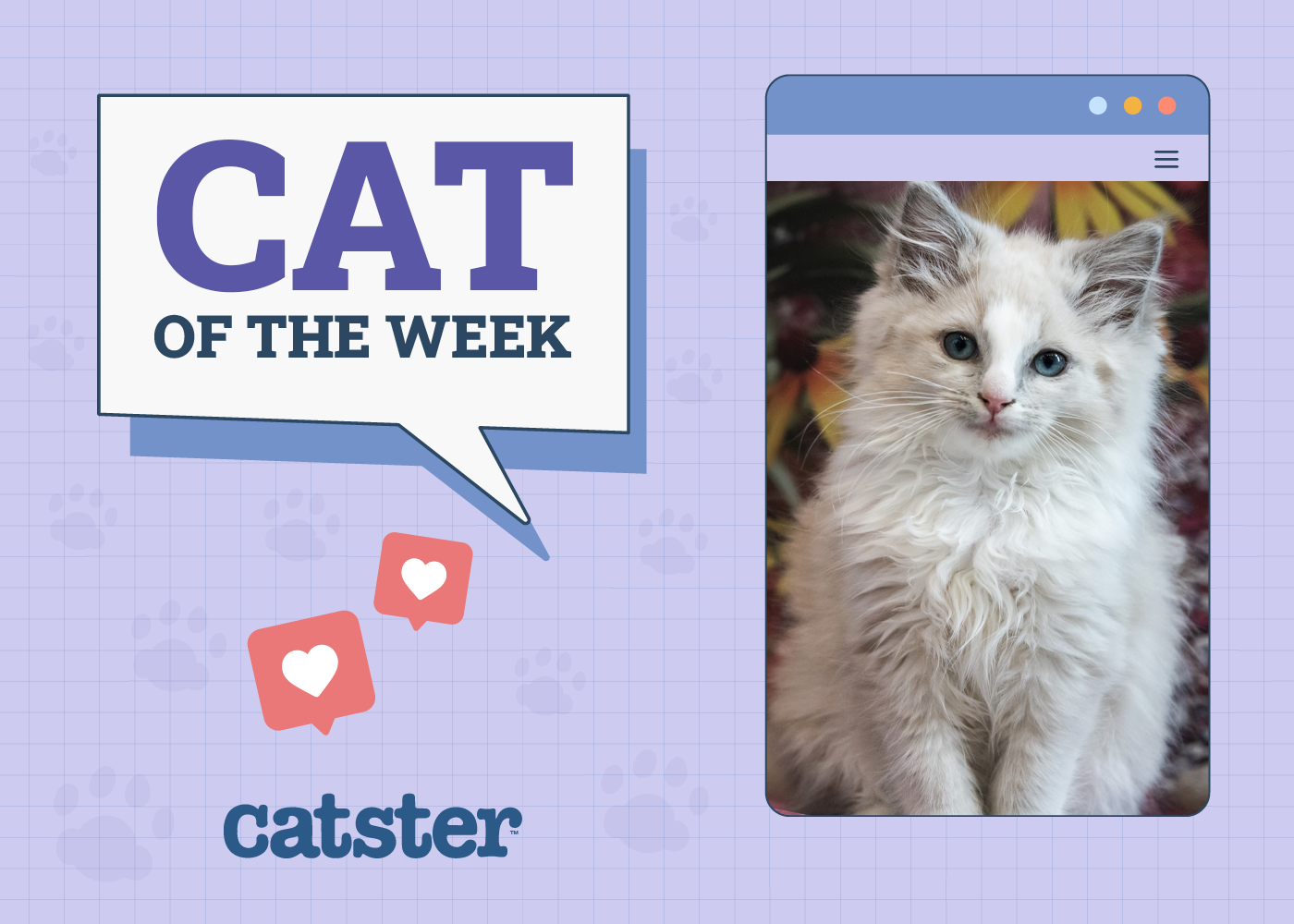Click to Skip Ahead
Bobcat Fever is a serious and life-threatening disease that causes anemia in feline species. While the name suggests that the wild bobcat is primarily affected, this is not the case. Bobcats appear to have good immunity and tend to become “carriers” of the parasite, without displaying any signs of disease. Domestic cats, however, are not so fortunate.
Bobcat Fever is predominantly found in North America’s south-central and southeastern areas. The range of diseases is believed to be spreading due to climate change and local weather changes. This article will explain how Bobcat Fever is transmitted, what causes it, and what can be done to treat cats suffering from this problematic disease.

What is Bobcat Fever?
There is a technical name for Bobcat Fever: Cytauxzoonosis. This is because Bobcat Fever is caused by a blood parasite called Cytauxzoon felis. The parasite is found in ticks (most commonly the Lone Star tick and American dog tick). When a tick carrying the C. felis parasite feeds on a cat, the parasite can be transmitted into the cat’s blood.
Once in the cat’s blood, the parasite undergoes several stages of division and replication. The parasite invades white blood cells (macrophages) and causes them to burst. They then infect red blood cells which are destroyed causing the cats to become anemic. Parasite clumps are also capable of occluding (blocking) blood vessels and disrupting oxygen distribution to tissues.
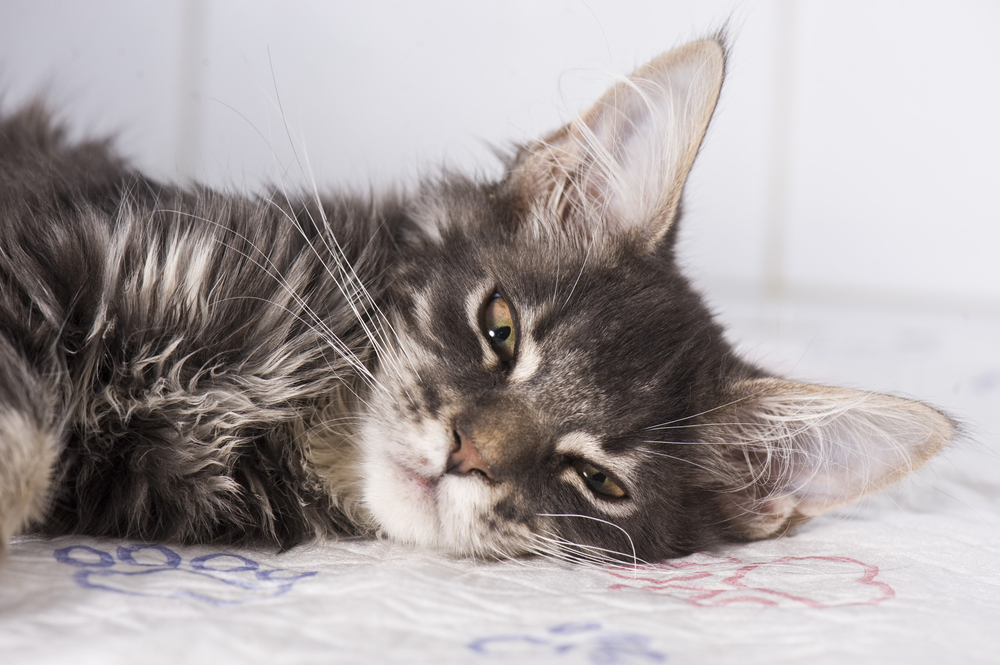
What Are the Signs of Bobcat Fever?
Signs of Bobcat Fever develop approximately 10 days from the time of the tick bite. The early signs can be vague or “non-specific”:
- Lethargy
- Loss of appetite
- Labored breathing
- Pale gums, or yellow discoloration of the gums
- Vomiting
- Fever
- Increased heart rate
Later in the course of the disease, cats become extremely unwell. The lymph nodes, spleen, and liver may become enlarged. Cats will often become hypothermic (low body temperature), and then lapse into coma. Death occurs shortly after this around day 21 post infection.
If your pet is showing these signs, we suggest you speak to a vet.
If you need to speak with a vet but can't get to one, head over to PangoVet. It's an online service where you can talk to a vet online and get the advice you need for your pet — all at an affordable price!
What Are the Causes of Bobcat Fever?
Bobcat Fever is caused by the blood parasite Cytauxzoon felis. It is carried in an infected tick’s saliva and injected into the cat’s bloodstream when the tick feeds. The tick replicates in blood cells (and other tissues in the body), destroying red blood cells and anemia.
The disease is not caused by ingesting ticks. It is not caused by encountering bobcats or other infected cats.
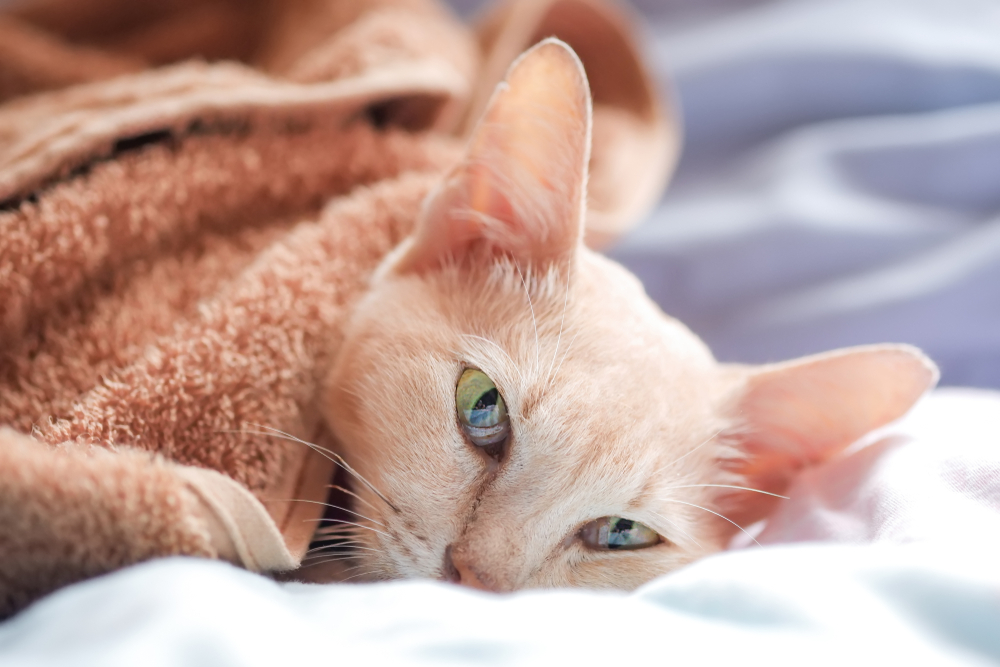
How Do I Care for a Cat with Bobcat Fever?
At home, there is no way of knowing if your cat has contracted Bobcat Fever, as this requires some diagnostic tests to be run. For this reason, if your cat has any of the early signs of being unwell, it is best to get them checked by a veterinarian.
Previously, the fatality rate was believed to be very close to 100%. This meant that no cat suffering from Bobcat Fever was believed to survive. More recently, there has been some treatment success, though still minimal. Cats require hospitalization and aggressive treatment with intravenous fluids, specific injectable medications for the C. felis parasite, blood transfusions, and nutritional support (which may require the placement of a feeding tube). Cats that survive may spend upwards of one week in hospital and a further two weeks for full recovery.
In cats that are severely unwell, or where hospitalization and aggressive treatment are not possible, euthanasia may be the kindest option.

Frequently Asked Questions (FAQ)
1. How Is Bobcat Fever Diagnosed?
Bobcat Fever is diagnosed using a combination of blood tests. The C. felis parasite can often be seen in red blood cells when analyzing a blood film under the microscope. PCR (DNA) tests may be required to confirm the diagnosis. If the cause of anemia remains unclear after blood tests, imaging studies may be used to rule out other causes of anemia.
2. What Is the Prognosis for Cats with Bobcat Fever?
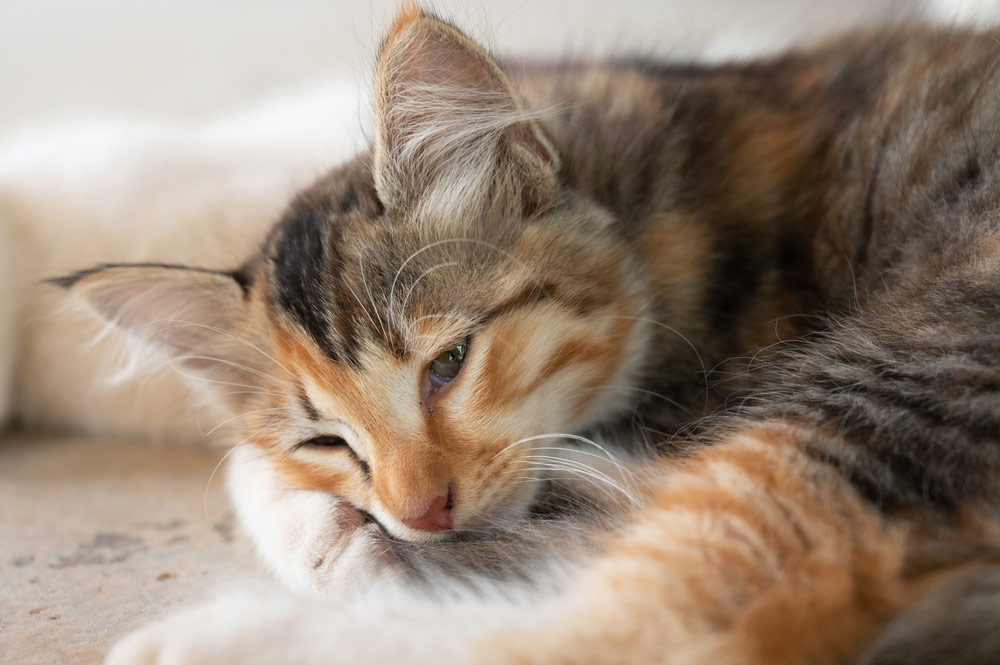
With prompt and aggressive treatment, it is believed that up to 60% of cats may survive. Without treatment, the mortality rate is close to 100%. It is not fully understood why some cats survive and others do not.
3. How Can Bobcat Fever Be Prevented?
The only way to ensure your cat is not at risk of Bobcat Fever is to keep them indoors, where they are not exposed to ticks. Tick prevention products in the form of spot-on treatments and collars can be used, but none are 100% effective. Speak to your veterinary team about the best tick prevention tactics in your area.

Conclusion
Bobcat Fever is a potentially fatal parasitic disease that causes anemia in domestic cats. The disease gets its name because bobcats are the reservoir host, meaning they are the natural animal in which the C. felis parasite resides. But while bobcats do not become unwell as a result of their infection, household cats do.
Treatment protocols exist but must be undertaken early. If you live in an area where cats are at risk of Bobcat Fever, it is best to keep them indoors. If this is not possible, ensure you are applying a tick preventative. If you have any concerns about your cat’s health, do not hesitate to contact your veterinarian.
Featured Image Credit: one photo, Shutterstock

